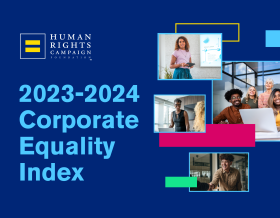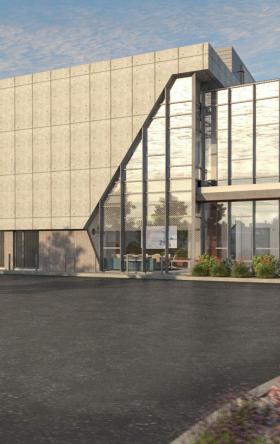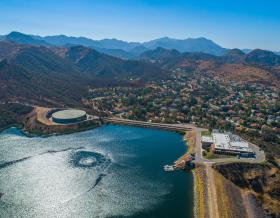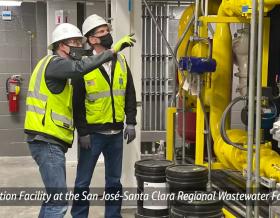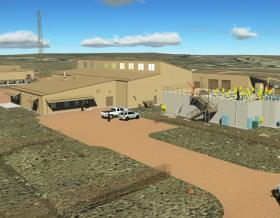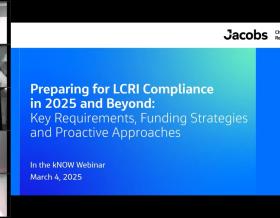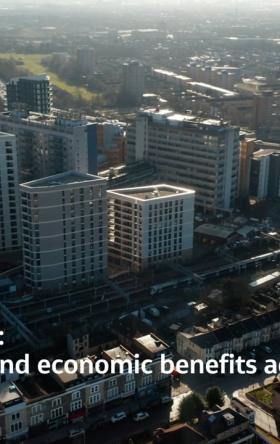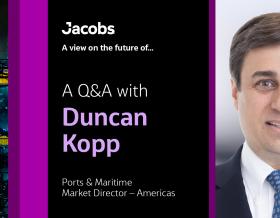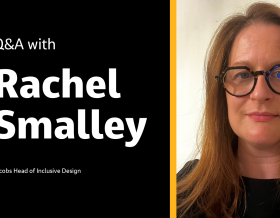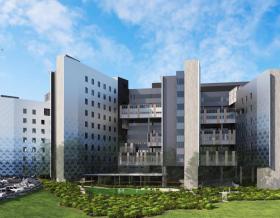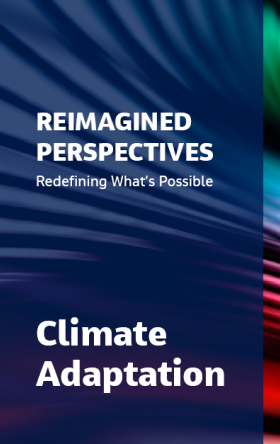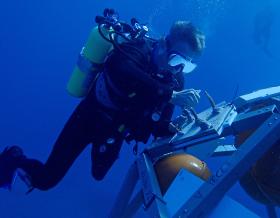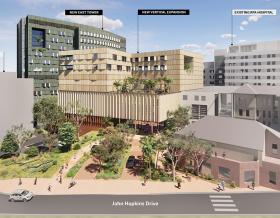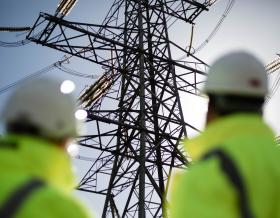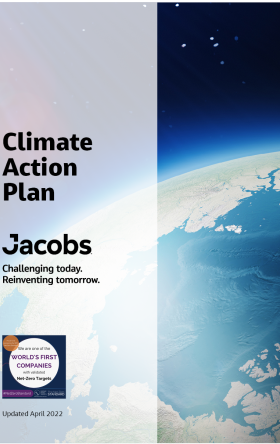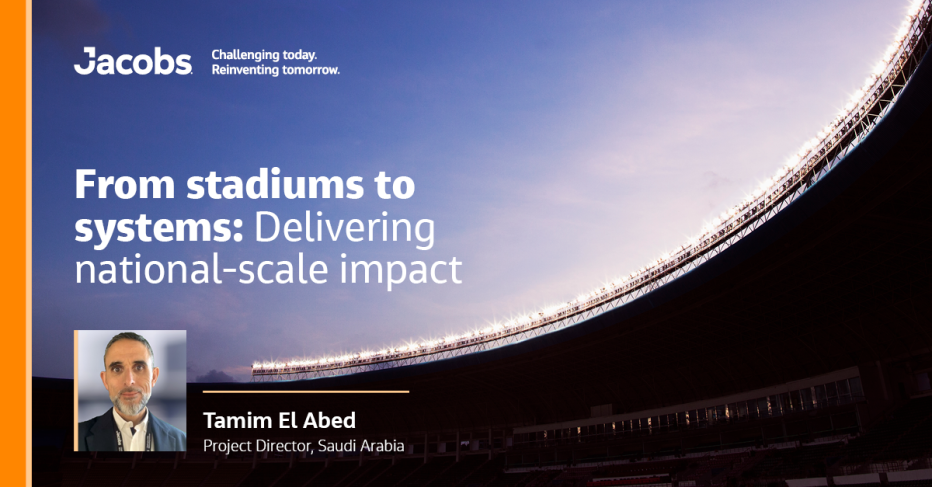
Tamim El Abed is a Project Director based in Riyadh, helping deliver some of Saudi Arabia’s most high-profile and ambitious programs. With more than 25 years of experience across contractor, client and program delivery roles, he brings deep insight into planning, managing and operating major infrastructure and event venues—from strategy through to legacy.
In this Q&A, Tamim reflects on what drew him to tournament delivery, the importance of city-wide integration and how host nations can make confident decisions that stand the test of time.
Can you tell us how the work you do is helping deliver Jacobs’ strategy?
I have more than 25 years of experience in the construction and engineering industry. In the latter half of my career, I began specializing in stadiums and major tournament planning. Being involved in every stage of a major tournament—from conceptual planning to constructing, taking over and operating a 90,000-seat stadium—gave me a unique perspective on how these events function as a whole.
That experience, combined with a grassroots understanding of the construction industry, allows me to contribute both strategically and operationally. Whether it’s understanding sports governing body requirements, host country obligations, construction execution or coordination with national stakeholders, I’ve been fortunate to work across the entire spectrum.
What motivated you to focus on major event venues and how has that shaped your perspective?
The opportunity to help prepare for a FIFA World Cup was a key turning point—it allowed me to combine my profession with my passion for football.
Stadiums are highly specialized buildings, offering a chance to apply engineering at the highest level. Seeing the positive impact they have on communities only reinforced my interest. They’re not just structures; they’re shared spaces that can inspire and unite.
How do you approach legacy planning? What should a host nation look like after a tournament ends?
It starts with one question: “What should the country look like after the last athlete and spectator have left?”
Legacy planning means identifying the assets and capabilities that will continue to improve quality of life while meeting business objectives. The tournament may be the centerpiece, but it's just one month in the life of a nation. Preparations must be proportionate—meeting safety, security and performance needs without creating financial burdens. Legacy needs to be designed in from the beginning.
What makes Jacobs well-placed to deliver complex, high-performance stadiums?
Jacobs understands how city systems operate—and how specialized venues should connect to those systems.
A stadium might have great internal systems, but without integration into the wider transport, security and urban infrastructure, the full value isn’t realized. At Expo 2020 Dubai, for example, we helped our client link temporary event infrastructure to existing and future mobility networks—reducing walking distances, streamlining visitor flows and creating legacy value from short-term assets.
What does meaningful sustainability look like in sports infrastructure?
Sustainability means creating something that can be maintained over time—economically, environmentally and socially.
True sustainability begins in the planning stage, before design or construction. It requires understanding the local context, conducting rigorous business planning and listening to community needs. That foundation leads to better design decisions and more flexible venues that serve the community long after the event is over.
Jacobs is known for major infrastructure. How is that a strength in stadium delivery?
Behind every major event is a complex ecosystem—supply chains, logistics, utilities, broadcast facilities, medical services and more—all connected by robust transport networks.
Jacobs brings decades of engineering experience that help us not only design and build these systems but operate them efficiently. It’s this integration across functions that sets us apart.
What role does innovation play in future-ready stadium delivery?
Innovation is essential. The sports industry is constantly learning and evolving, with a focus on safety, performance, fan experience and media delivery.
The earlier innovation is embedded—from design through to operations—the longer a venue remains competitive and efficient. Innovation also extends beyond the stadium itself. Tools like StreetLight, which turn mobility data into insights, can help planners improve transport flows, reduce risks and plan EV infrastructure around venues. These innovations are supported by regional investments in digital infrastructure and smart systems that power real-time decisions.
What are typical concerns for a host nation at this stage of tournament preparation?
Host nations at this stage are focused on forecasting visitor numbers, identifying facility needs, and determining what to upgrade or build new. These decisions shape budgets and delivery timelines.
It’s important to develop a robust numerical model based on historical data and national context. Understanding hosting requirements and aligning them with national goals—without overextending resources—is key. Clear communication among delivery agencies, efficient decision-making and a strong focus on post-event needs help ensure long-term success.
About the interviewee
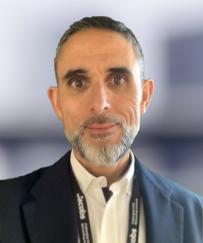
Based in Riyadh, Tamim El Abed is a Project Director at Jacobs with a background in mechanical engineering and a career spanning contractor, program management consultant and client-side roles. A lifelong Liverpool football supporter, he brings his passion for the game to major sporting infrastructure, having contributed to the delivery of a FIFA World Cup stadium.

